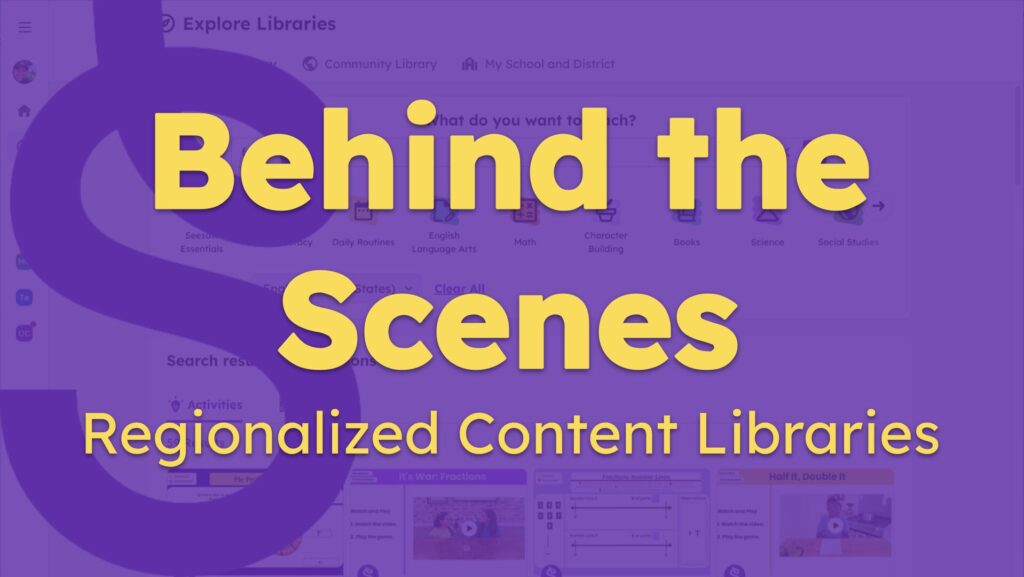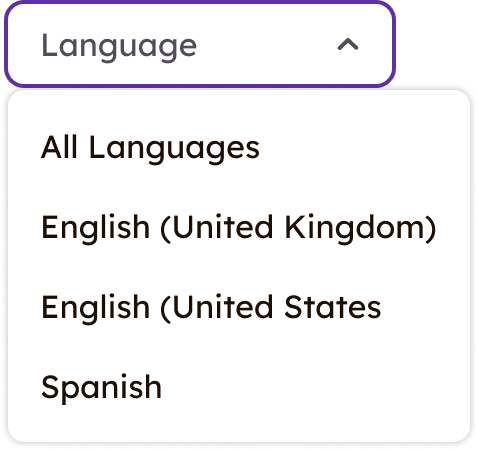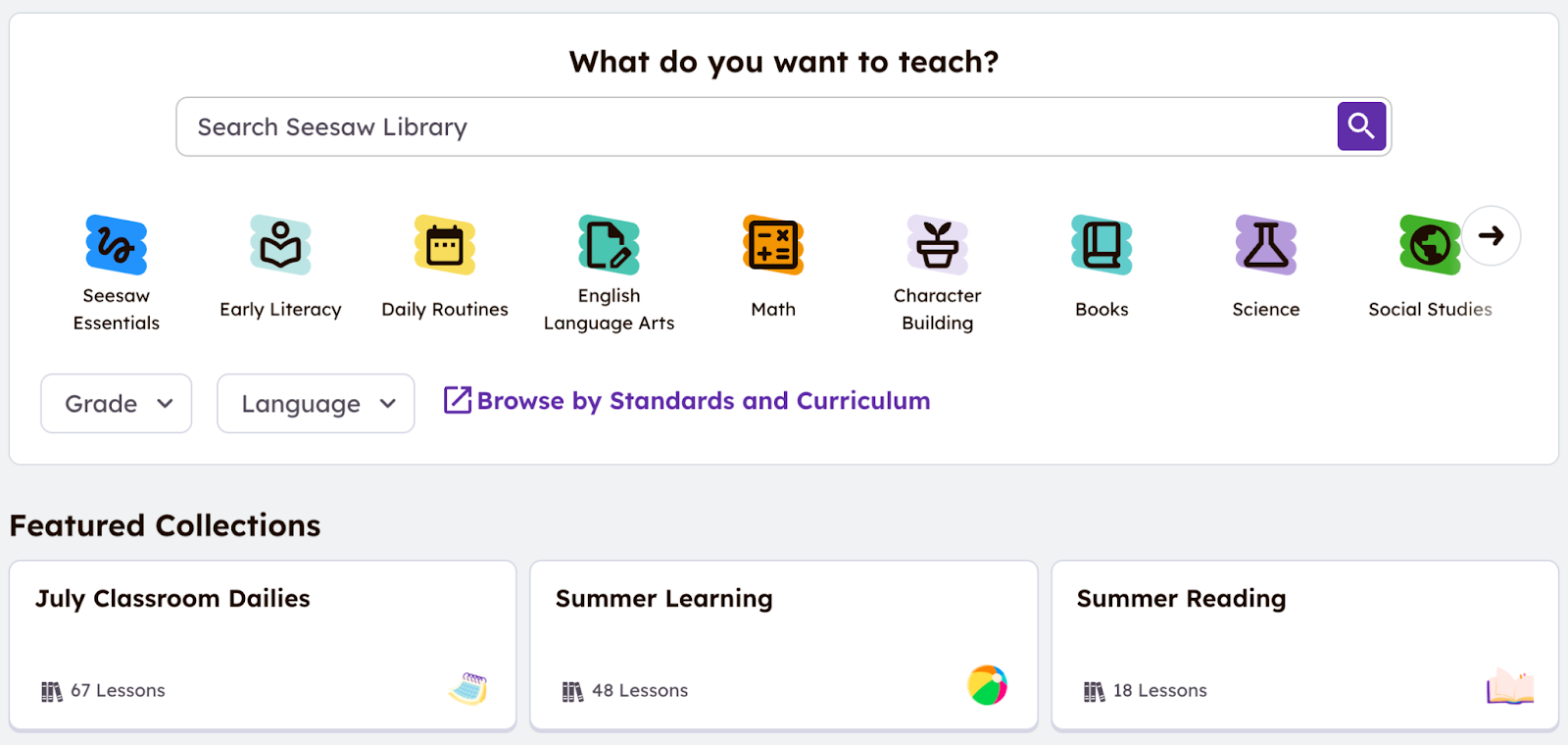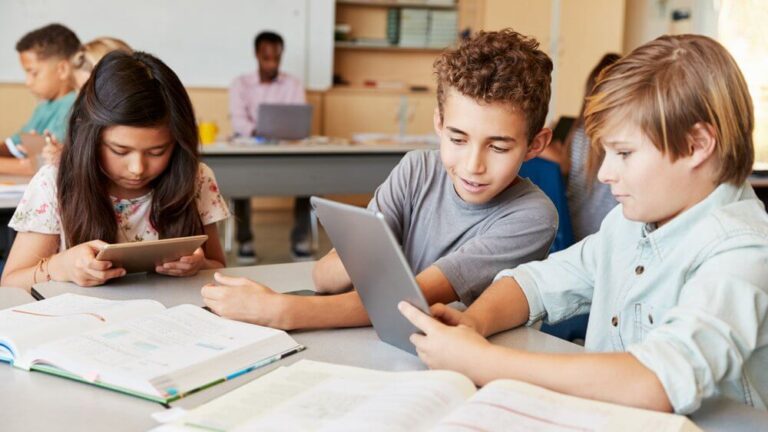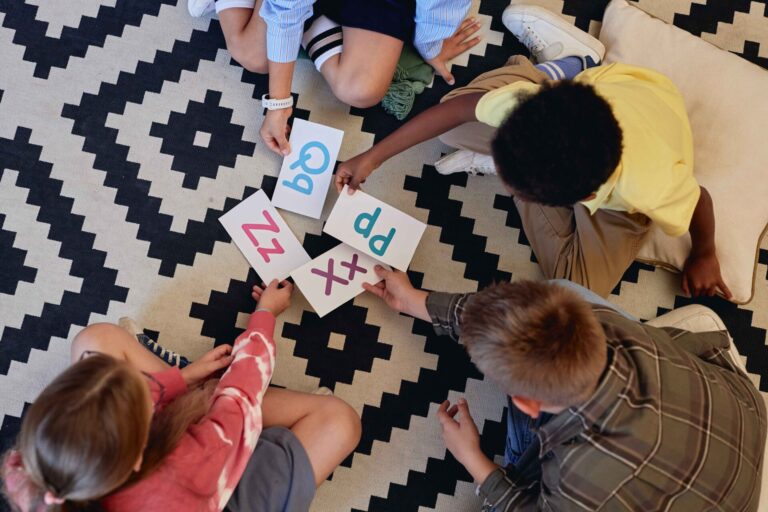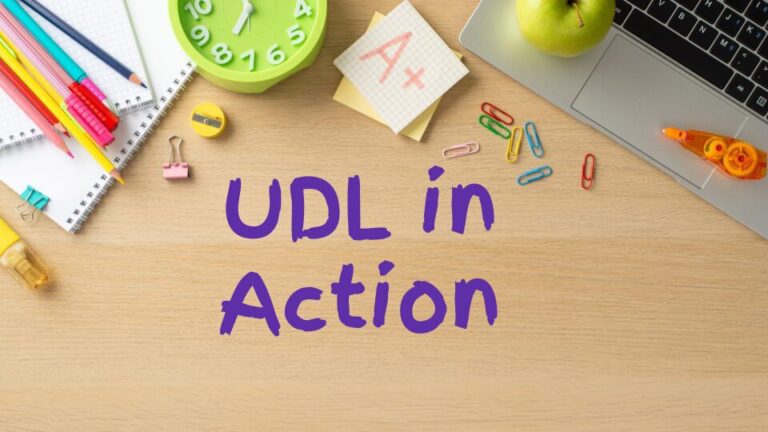Behind the Scenes at Seesaw – hear from product and design on the research and process that goes into making Seesaw purpose-built for elementary.
Introduction
At Seesaw, we’re on a mission to support joyful, meaningful learning everywhere. That means designing tools that meet teachers and students where they are—across languages, regions, and instructional goals.
Over the past year, one of the biggest opportunities we saw to improve the teaching experience was in our content library. We heard from teachers around the world who loved Seesaw, but struggled to find materials relevant to their region, curriculum, or language needs.
As a designer on the team, I dug deep into this challenge. I watched educators hunt through layers of content, toggling back and forth across topics or running into a wall when lessons didn’t meet local requirements. For teachers in particular regions, it often meant starting from scratch. That was a clear problem—and we knew we could do better.
I’m thrilled to share the improvements we’ve made to the Seesaw Library for back-to-school 2025. These changes are designed to help every teacher find just-right instructional materials faster—and ensure that the students they teach get learning experiences that are both relevant and empowering.

Design Principles & Approach
To guide our work, we aligned around a simple goal:
Help teachers quickly find content that’s relevant, aligned, and inspiring.
To get there, we followed a few key principles:
- Prioritize relevance by region and language
- Make discovery intuitive and efficient
- Highlight the richness of content to inspire use
We started by collecting feedback from our teachers through interviews, surveys, classroom observations, and in-product feedback. We ran extensive usability tests and conducted a full audit of our existing content library structure. We also benchmarked against other educational products to identify industry best practices in content browsing and filtering.
From there, we explored dozens of ways we could better support global teachers. We knew the right answer wouldn’t just be about reorganization—it needed to be a full experience rethink. After prototyping and testing across multiple rounds of feedback and a targeted beta release, we landed on a new regional content library that gives teachers what they need—without extra work.
Let’s take a closer look.
What’s New: Five Game-Changing Updates
1. Automatic Region-Specific Libraries
No more sifting through irrelevant content
The old way: Every teacher worldwide saw the same library, regardless of location or curriculum standards.
The new way: Your school administrator sets your region during setup, and your library automatically shows only content approved for your area. No toggles, no extra steps—just content you can use with confidence.
Why it matters: Protect your precious planning time and teach with peace of mind, knowing every resource aligns with your local standards.
2. Instant Language Filtering
Find activities in your language—fast
The old way: Finding non-English content meant endless scrolling and hoping you’d stumble across something useful.
The new way: A simple dropdown lets you filter by language instantly. If your account is set to a language other than English, we’ll automatically apply the filter for you.
Why it matters: Regardless of what language you are teaching in, or if you are managing a multilingual classroom, the right resources are now just one click away.
3. Redesigned Homepage That Invites Exploration
See more, browse better, get inspired
The old way: The previous library homepage emphasized deep browsing, but often left teachers stuck in a maze of categories with little context.
The new way: We’ve surfaced subject and topic categories in a horizontal scroll of bold, tappable icons at the top of the page. This not only saves space—it invites exploration. Below the icons, we’ve elevated individual activities to give teachers a faster sense of what kind of rich, creative content awaits them. The result? More instructional materials front and center, less dead-end browsing, and more time for planning.
Why it matters: Spend less time hunting and more time discovering creative activities that will excite your students.
4. Smarter Search That Actually Works
Search results are more accurate, accessible, and actionable.
The old way: Common search terms often returned lessons that didn’t quite match what teachers were looking for—leading to frustration or extra digging.
The new way: We’ve completely rebuilt our search algorithms to be more intelligent about input types, topic relevance, and content matching. Activities and lessons now appear directly in search results, and the system handles broader input with far more accuracy. We’ve also redesigned the search bar itself to be more prominent, accessible, and easier to use—meeting both technical and accessibility guidelines.
Why it matters: No more opening 15 different lessons only to find none of the activities fit what you’re teaching. Find what you need on the first try.
5. Flatter, Faster Content Organization
Less clicking, more teaching
The old way: Previously, teachers had to drill down through collections, then lessons, then individual activities. It made content feel buried, especially for new users unfamiliar with the structure.
The new way: Our new layout brings activities up a level, surfacing them directly in top-level results. Collections are still there, but they’re cleaner, flatter, and easier to move through. With the addition of “Show More” buttons, teachers can access extended content without having to page-hop or reload. We also made sure that search and browse now work in tandem—so no matter how you prefer to explore, it’s all one connected experience.
Why it matters: Get to the good stuff faster, whether you prefer to browse or search.
What Teachers Are Saying
The early response has been overwhelmingly positive. In testing, teachers in international schools told us this was the first time they felt truly supported by a digital library—able to find what they needed in their language, for their curriculum, without jumping through hoops.
We heard consistently that the new layout felt intuitive and reliable:
“It gives me a good selection to choose from, it very user friendly and not overwhelming”
Another teacher shared how the refreshed landing experience made a difference:
“I like the icons, and it really helps you narrow down to what you are looking for.”
And we saw how improved organization and clarity created a sense of trust:
“I was able to find many activities related to my objective in a short amount of time”
These reactions have been incredibly validating. When teachers can rely on the library to deliver what they need—quickly, clearly, and in context—we know we’re on the right track.
Ready to Explore?
The new Seesaw Library is live now as of July 2025. Whether you’re planning your first week or looking ahead to your next unit, we’re confident you’ll find the browsing experience faster, more relevant, and more inspiring than ever.
What’s Next
Your feedback drives everything we do. As you explore the updated library this year, tell us:
- What’s working well in your region?
- What languages or standards are you still struggling to find?
- What would make your planning time even more efficient?
At Seesaw, we believe every teacher deserves tools that reflect their unique context—and every student deserves content that speaks to their world. With this library update, we’re one step closer to making that vision a reality.
Happy teaching!
~ Christian @ Seesaw
